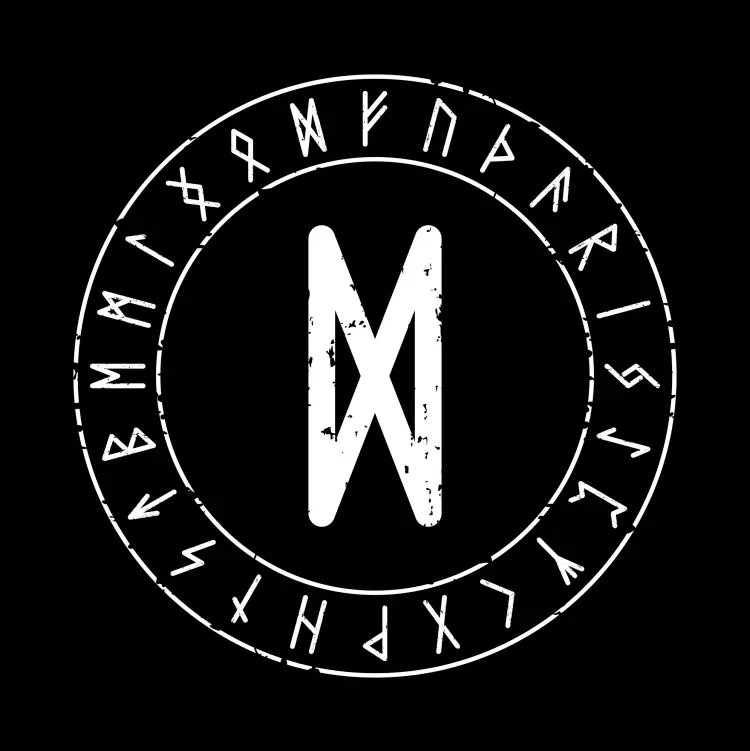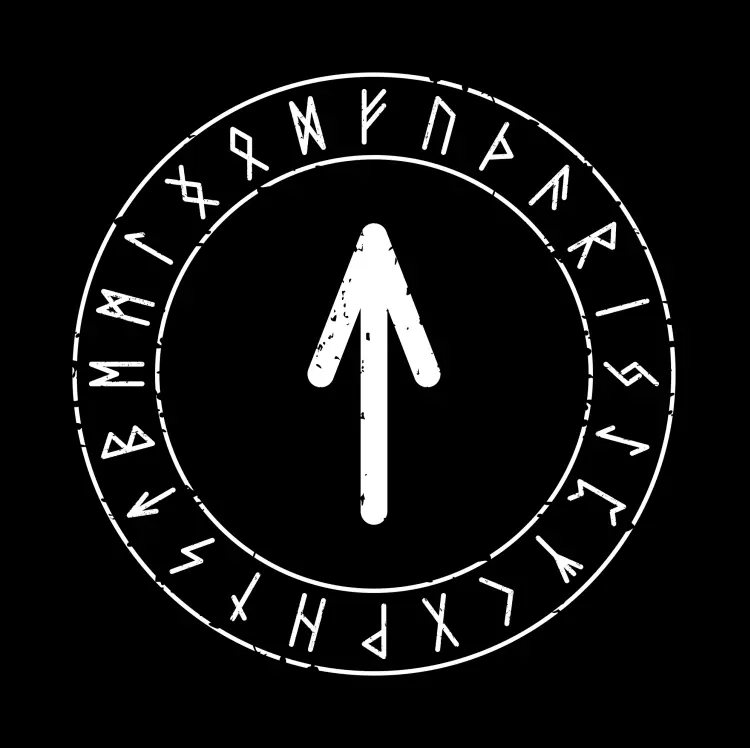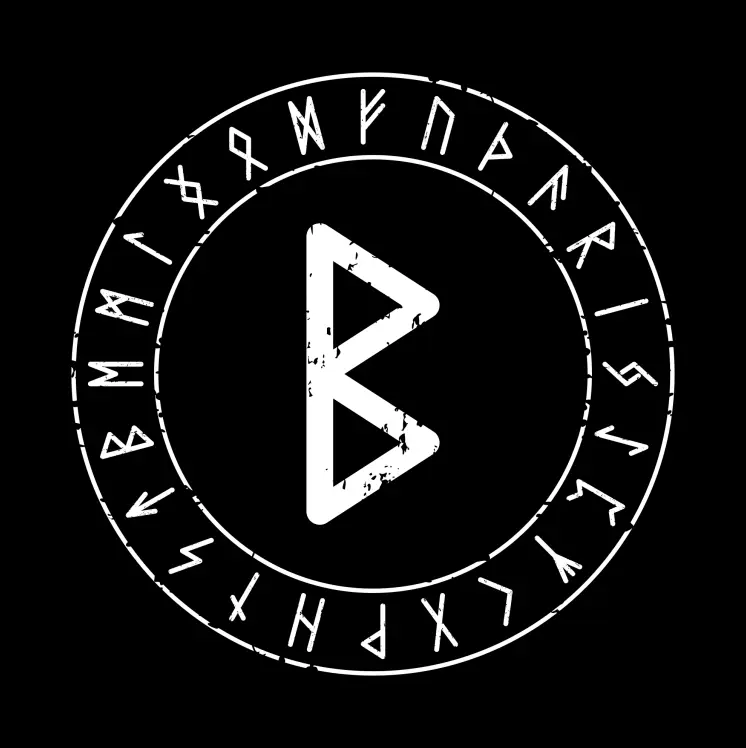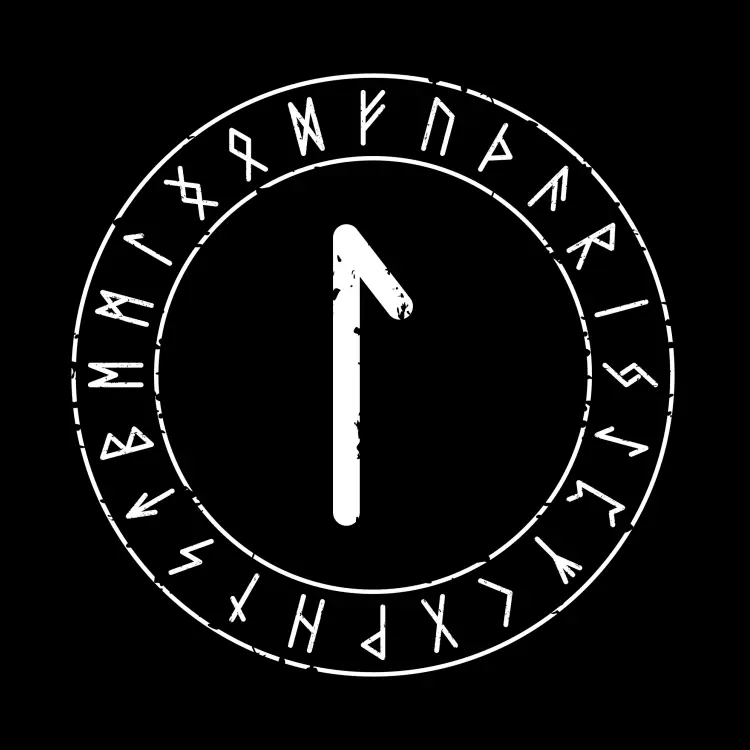Elder Futhark Runes – Origins, Meaning, and Usage
The Elder Futhark is the oldest known runic alphabet, used by Germanic-speaking peoples from around the 2nd to 8th centuries AD. Named after its first six letters – F, U, Þ, A, R, K – the Elder Futhark consists of 24 runes and represents an early system of writing before the Latin alphabet became widespread in Northern Europe. It is closely associated with early Norse culture, mythology, and ritual, and has been found inscribed on artefacts such as weapons, jewellery, stones, and tools.
Structure of the Elder Futhark
The 24 runes of the Elder Futhark are commonly divided into three groups of eight, known as aettir (families). Each aett may have had spiritual or magical significance, although precise meanings vary across sources.
First Aett – Freyr’s or Fehu’s Aett
Often linked to prosperity, fertility, and beginnings.
- Fehu (ᚠ) – Cattle, wealth, abundance
- Uruz (ᚢ) – Aurochs, strength, raw power
- Thurisaz (ᚦ) – Giant, chaos, challenge
- Ansuz (ᚨ) – Odin, divine inspiration, speech
- Raidho (ᚱ) – Journey, travel, rhythm
- Kenaz (ᚲ) – Torch, knowledge, creativity
- Gebo (ᚷ) – Gift, generosity, exchange
- Wunjo (ᚹ) – Joy, harmony, comfort
Second Aett – Heimdall’s or Hagal’s Aett
Associated with transformation, testing, and fate.
- Hagalaz (ᚺ) – Hail, disruption, uncontrolled change
- Nauthiz (ᚾ) – Need, necessity, constraint
- Isa (ᛁ) – Ice, stillness, standstill
- Jera (ᛃ) – Year, harvest, natural cycles
- Eihwaz (ᛇ) – Yew tree, resilience, defence
- Perthro (ᛈ) – Mystery, fate, hidden knowledge
- Algiz (ᛉ) – Elk, protection, guardianship
- Sowilo (ᛊ) – Sun, clarity, victory
Third Aett – Tyr’s or Tiwaz’s Aett
Focuses on justice, spiritual matters, and endings.
- Tiwaz (ᛏ) – Tyr, honour, justice, sacrifice
- Berkano (ᛒ) – Birch tree, growth, femininity
- Ehwaz (ᛖ) – Horse, movement, trust
- Mannaz (ᛗ) – Man, the self, community
- Laguz (ᛚ) – Water, intuition, emotion
- Ingwaz (ᛜ) – Fertility god Ing, inner potential
- Dagaz (ᛞ) – Day, breakthrough, transformation
- Othala (ᛟ) – Heritage, ancestry, inherited wealth
Cultural and Spiritual Significance
Runes were more than just letters. In early Norse culture, they were believed to hold magical and divine power. The god Odin is said to have discovered the runes after sacrificing himself on Yggdrasil, the World Tree, for nine nights. This act, told in the Hávamál, links runes deeply to wisdom, sacrifice, and mysticism.
Elder Futhark inscriptions have been found on rune stones, swords, combs, brooches, and amulets across Scandinavia, Germany, and even Britain. Their use was both practical (recording ownership or events) and symbolic (for protection, good fortune, or curses).
Legacy and Influence
By the 8th century, the Elder Futhark began evolving into regional variants like the Younger Futhark (used in Viking Age Scandinavia) and the Anglo-Saxon Futhorc (used in early England). Despite this, the Elder Futhark remains a powerful cultural symbol. It is still studied and used today in areas such as historical research, modern Norse-inspired spirituality, and rune divination practices.
The Elder Futhark runes offer a window into the beliefs, values, and language of early Germanic and Norse peoples. Whether carved into stone or whispered in ritual, these ancient symbols continue to fascinate and inspire, connecting modern audiences with a world rich in mythology, magic, and meaning.



